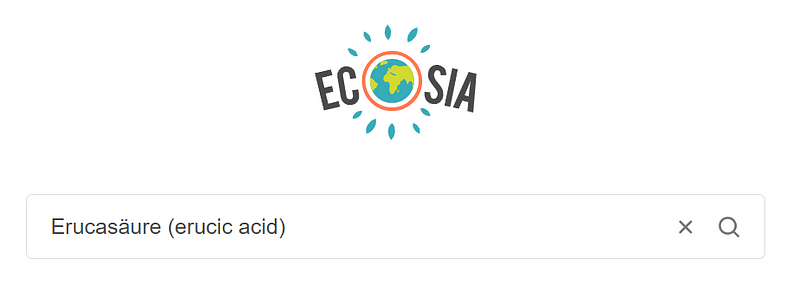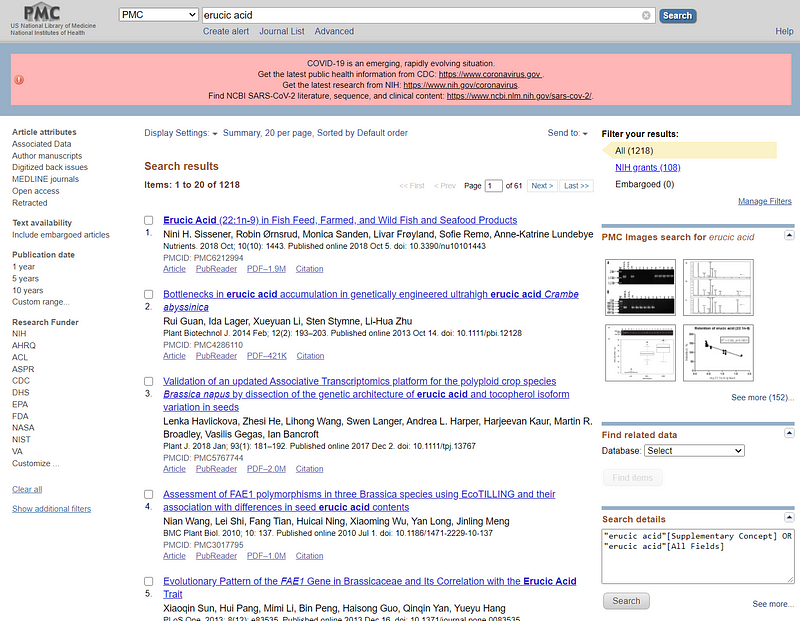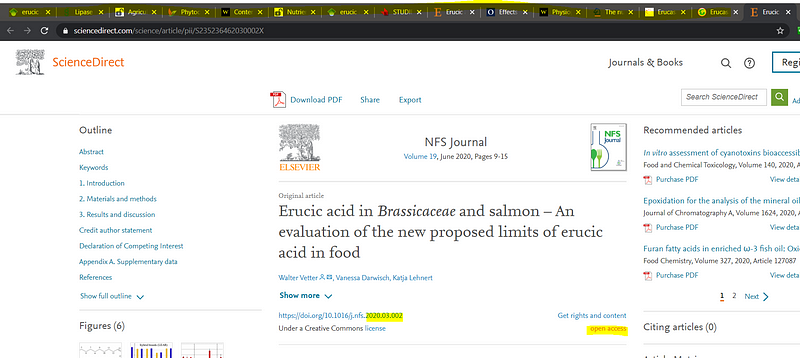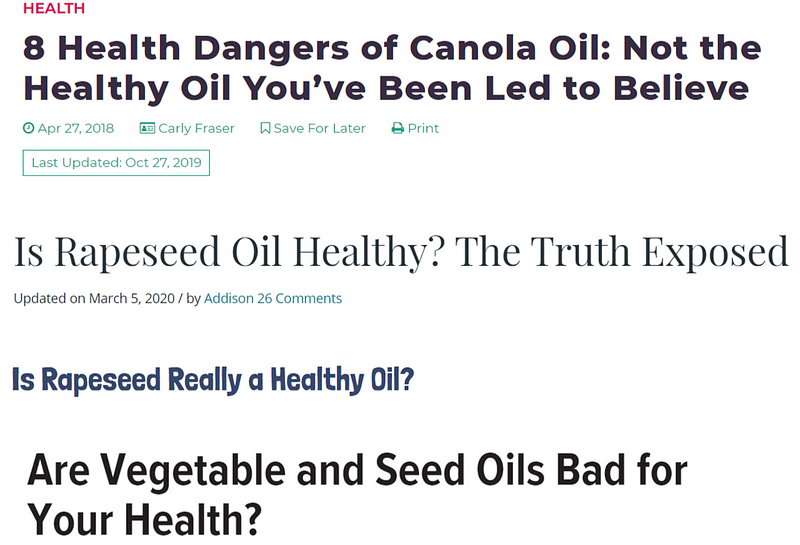Why Writing Science-Based Articles is a Challenging Task
Written on
Chapter 1: Understanding the Challenge of Publishing
Writing is a powerful drive for me—an insatiable urge to disseminate accurate scientific knowledge and dispel misinformation. Unfortunately, many writers stray from a scientific approach, crafting pieces based on feelings or hearsay rather than solid evidence. Recently, I encountered a ludicrous article claiming vegetable oils were dangerous, which sparked my frustration. It was riddled with unfounded claims and erroneous information, almost causing me to lose my composure. This prompted me to demonstrate how to effectively conduct research for your articles.
- Starting with Google
I personally prefer Ecosia for my searches. I don’t claim to know everything; in fact, I often need to start from square one. Before diving into this topic, my knowledge of erucic acid was virtually nonexistent. The world of nutrition is vast, and we all have our limitations. What’s essential is knowing how to research and assess information critically.

The primary challenge with search engines like Google is determining the reliability of the information presented. To mitigate this, prioritize official websites from government or legal institutions, which typically provide neutral and unbiased information. My go-to sources include the BfR (German Institute for Risk Assessment) and EFSA (European Food Safety Authority), but every country has its own trustworthy institutions—find yours.

You can also use Wikipedia for a basic overview; it’s not as bad as it’s often perceived. I usually compile all the gathered information in OneNote, summarizing and visualizing my findings. Once I feel adequately informed about the topic—like understanding erucic acid's dangers, legal regulations, and acceptable residue limits—I move on to more specialized resources.
- Searching for Scientific Papers
Finding scientific papers can be overwhelming due to the sheer volume available. Resources like PubMed or Google Scholar are excellent starting points.

Google Scholar is user-friendly, making it a great first step. PubMed is slightly more detailed but serves a similar purpose. I prefer to look for review articles first, as they summarize key findings from multiple studies. This saves us from the tedious task of sifting through countless papers ourselves.

When searching for reviews, always filter by date to ensure you’re getting the most current information. I once stumbled upon a paper from 1975—interesting but outdated.

Once I located a recent and reputable review, I dove deeper into their references to uncover additional relevant studies.

By quickly scanning abstracts, I determine which papers are worth my time. It’s not necessary to read every publication in full; focus on what’s pertinent to your topic.
- Analyzing Public Perception
After gathering and reviewing scientific data, I shift gears to explore non-scientific sources—blogs, newspapers, and magazines—to see how the general public perceives the topic. This is often the most enjoyable part of the process.

With a solid grasp of the subject, I find it shocking how many so-called health experts misrepresent information, frequently citing studies that don’t support their claims. Recently, I encountered a blog post that misquoted a paper regarding vegetable oils. It was an easy task to dismantle the flawed argument, which took me only ten minutes.
- Structuring Your Article
After compiling all my research—this can take days or even a week—I begin outlining my article. It’s crucial to engage readers, addressing their concerns while presenting the information clearly and concisely.

Effectively conveying scientific concepts without overwhelming the audience is a skill I’m still honing. Many readers are eager for knowledge yet weary of intricate details. While sensational headlines may attract attention, I aim to present rational, fact-based content. My goal is to provide relatable examples and minimize technical jargon.
Once I’ve written, edited, and refined the article, I prepare to publish. The process illustrates why producing high-quality, science-based articles daily is virtually impossible.

Are you searching for straightforward, science-backed nutritional information? Check out my publications, follow my work, or consider supporting me with a coffee. Thank you!
Chapter 2: Essential Insights into Academic Publishing
This video discusses hidden truths about academic publishing and shares valuable insights on navigating the publication process effectively.
This video explores the replicability crisis in scientific publications, shedding light on common errors and misconceptions in research.